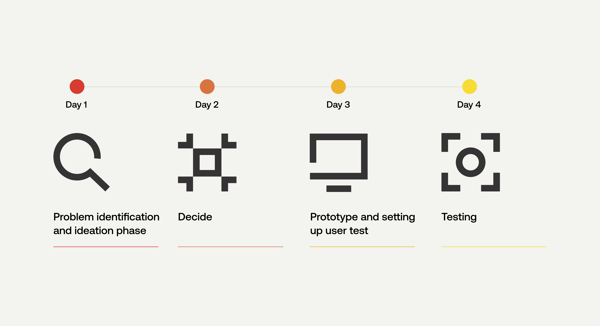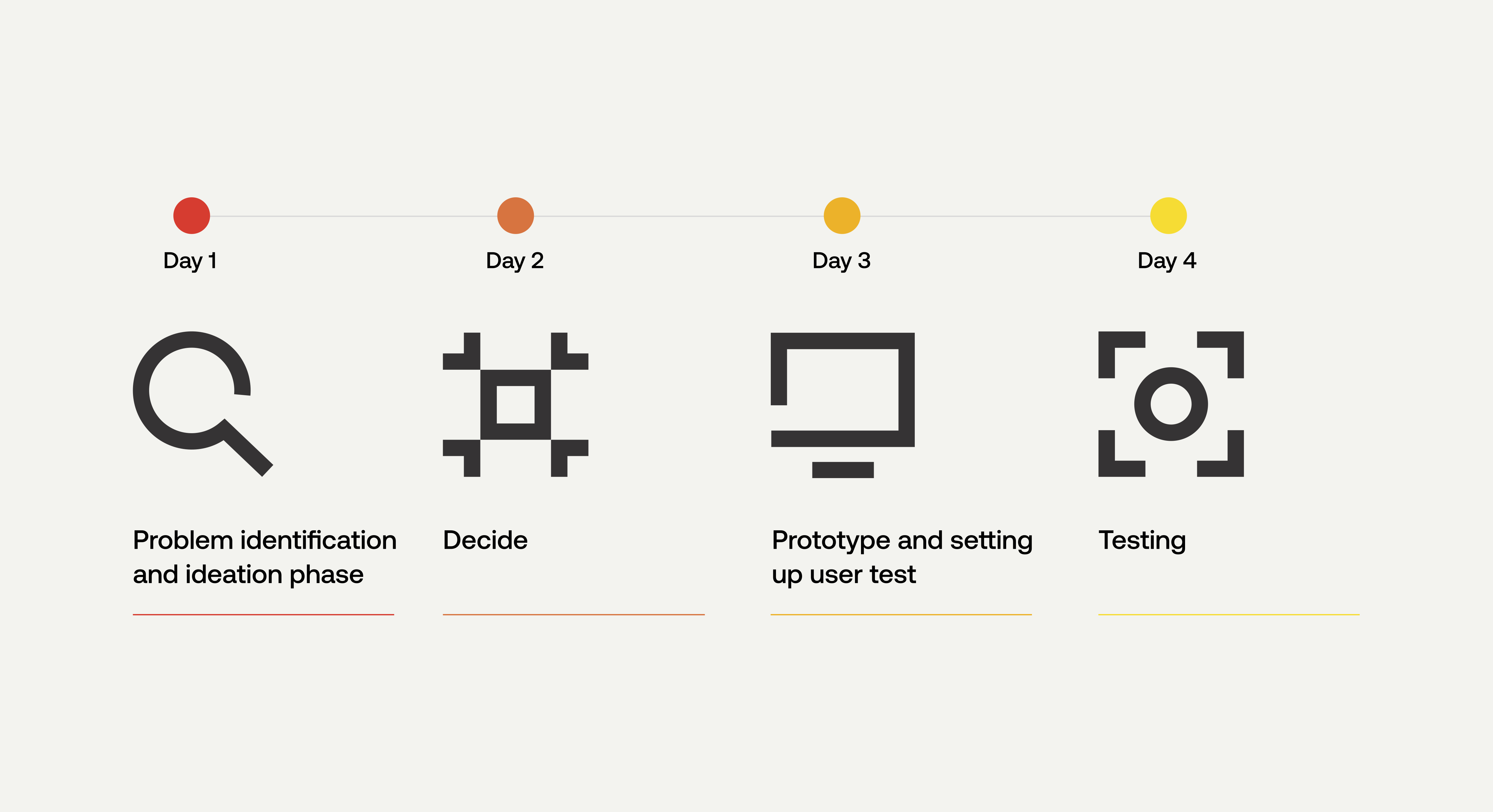Perhaps the word has come up more than once. The 'Design Sprint'. The trend has become increasingly popular in recent years. Everyone seems to do it. But what exactly is it, when do you use it and can it mean something for your company?
 What is a Design Sprint?
What is a Design Sprint?
A Design Sprint is a four or five day process used to validate (design) ideas or solve challenges. The Design Sprint, also known as Sprint, was developed at Google in 2010 by Jake Knapp. The process is inspired by, among other things, design thinking and agile methods. In 2016, Google Ventures published a book in which they describe the process of a design sprint: “How to solve big problems and test new ideas in just five days” is the subtitle.
The aim of a Design Sprint is to be able to anticipate risks and defects in a design as quickly as possible and to gain confidence in the process. “Fail fast to succeed sooner” is the idea behind it. Because you go through the entire design process from problem to tested solution within a week, it becomes clear early on whether the chosen design direction is worth it. This can save a lot of development time and money.
When can you use a Design Sprint?
Using a Design Sprint can be interesting in several scenarios:
- The kick-off of a project. A Design Sprint ensures that all noses point in the same direction by jointly taking a look into the future. It gives the opportunity to explore different directions and strengthens the team through intensive collaboration on the same vision and goal.
- When there is a lot of uncertainty in the field of an idea with a medium or large impact. A Sprint gives the opportunity to test and validate the direction.
- For a major problem where the solution is not yet clear. Different solutions can be explored with the help of a sprint.
- In a high-risk project where the solution is known but costs a lot of time, effort and money. A Sprint can provide an estimate and then consideration of the risks.
- In case of time constraints. A deadline is approaching and no solution is available yet. A Sprint can provide a good solution in a short time.
Several issues can be tackled in a Sprint. For example:
- A problem current users face
- A problem that has remained unresolved in the company for a long time, and is still lying around
- A new target group that the company wants to appeal to
- A (too) low conversion of the website
The advantage of using a Sprint is that you will have tangible results after a week. Based on the results, new decisions can then be made for further development.
The special thing about a Sprint is that it takes the time to both zoom out on the problem and go into detail in one week. During this focused time you bring together elements from different disciplines. The time pressure ensures that decisions are made so that testing can take place. This can be different from the regular processes in which many discussions are held, which means that a sprint can save a lot of time and money.
How does a design sprint work?
Because at Keen we use the 4-day variant of AJ&Smart, I will give an overview of what such a sprint looks like on average.

Day 1: problem determination and idea phase
On day 1 you will address the problem in the morning. The aim is to clearly map out the problem: you define the problem and choose the focus for the Design Sprint.
In the afternoon you will work on coming up with solutions and ideas. Everyone then works out one concept individually that is discussed on day 2.
Day 2: decide
All drafts are reviewed and votes are cast. At the end of the morning, a concept is chosen with which the Sprint is continued. In the afternoon, a storyboard is used to determine what will be prototyped on day 3.
Day 3: Prototyping and setting up user test
Day 3 is all about developing and building the prototype. A user test will also be set up that will be performed on day 4.
Day 4: testing
On day 4, the prototype is tested. This usually happens with about five users. At the end of the afternoon, the weekly result is discussed and the following action steps are discussed.
This is a general setup of a Sprint. Each Design Sprint is unique and is shaped according to demand. For example, you can choose to take two days to build the prototype. The facilitator can also make adjustments during the process.
What can you expect from a Design Sprint?
Although it may sound relatively easy, it does take a lot of coordination and preparation for a Design Sprint to run smoothly. First of all, there must be an important and clear problem that is worth a week of focus. In addition, a core team is needed with different disciplines. This consists of a decision maker (such as the CEO, founder or product manager), a financial expert, marketing expert, customer expert, tech expert, front and backend developers and a design expert.
This broad coverage of disciplines ensures broad knowledge during the Sprint and insights from different perspectives. The members of this core team must be fully planned and present during the first days. This ensures that full focus and attention is on the sprint.
A Design Sprint has a tight schedule. That is why it is important to have a dedicated facilitator. The facilitator is responsible for the process: following the schedule, keeping the time of the assignments, avoiding unnecessary discussions and keeping the energy high. Keen can take on that role.
It is also important to know that at the end of a Design Sprint you do not necessarily have the perfect solution. It's not magic. What you do have is a concrete tangible solution and feedback from the target group. Based on this you can make decisions for further development.
How can Keen Design help with a Design Sprint?
At Keen we have experience in organizing and facilitating a design sprint. In addition, we can also deploy designers who participate in the core team from the UX discipline. Do you have a major challenge within your company or are you unsure whether a design sprint can help your company? Please feel free to contact us. We like to think along with you.





